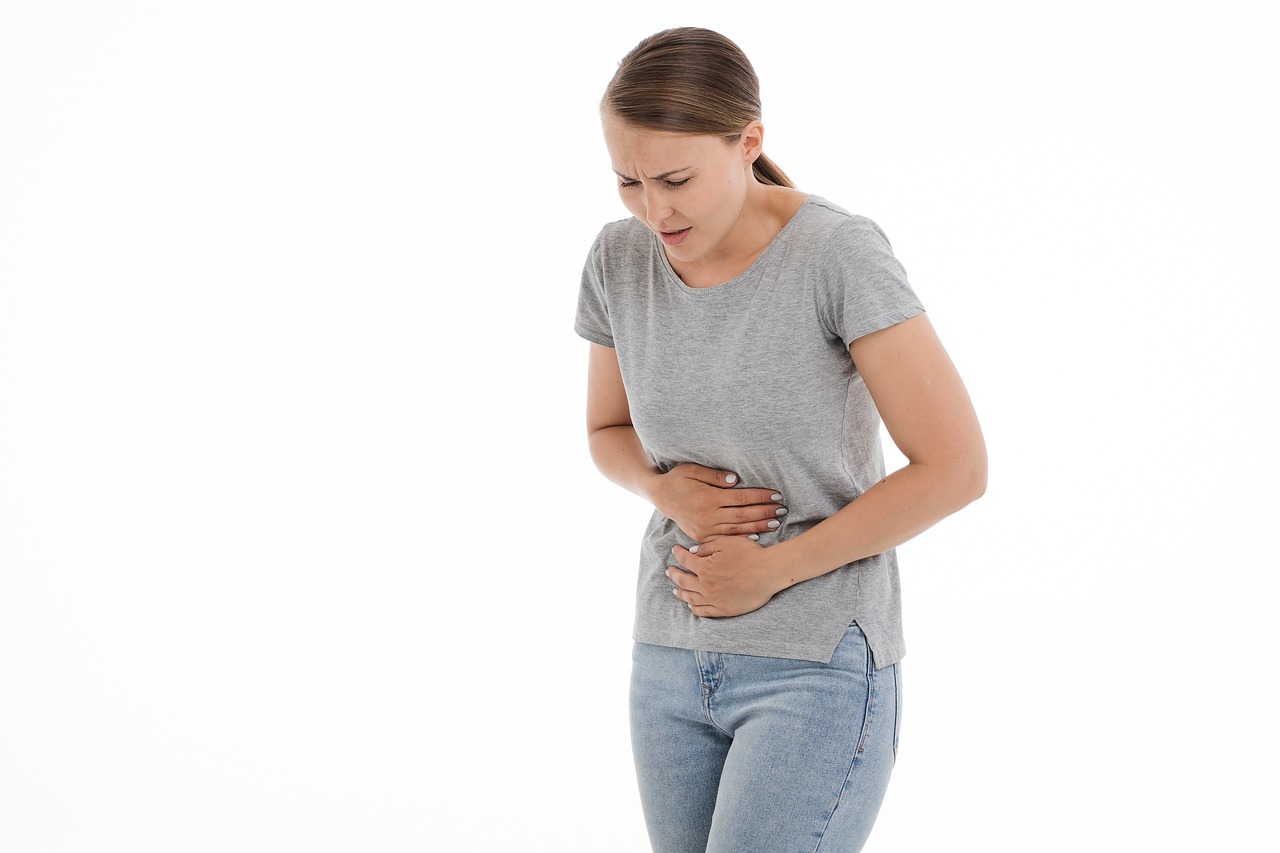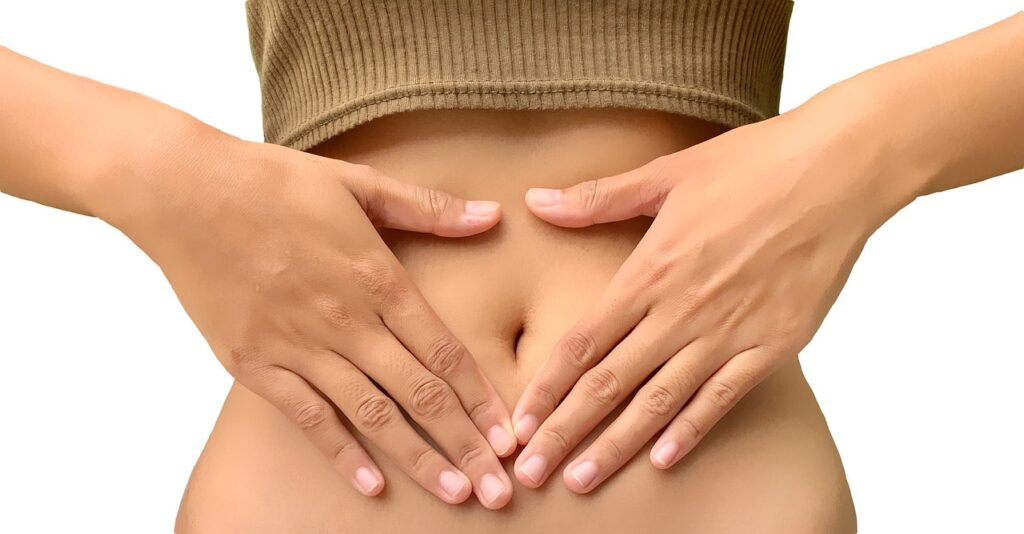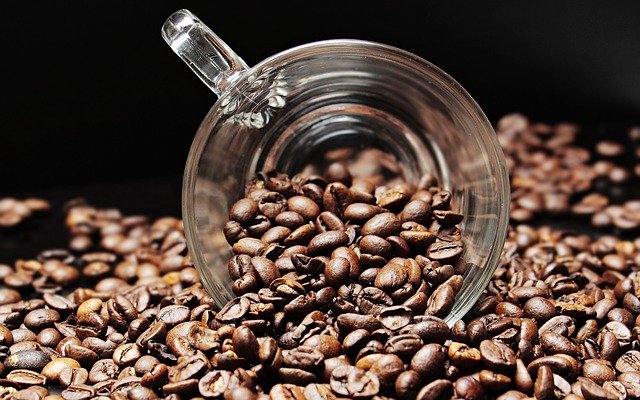Do you often find yourself feeling exhausted even if you didn’t really do much? Does your fatigue never go away, no matter how long you have slept? Chances are that you might have Chronic Fatigue Syndrome (CFS): a condition that lies deeper than constant tiredness. In this article, we will be exploring the symptoms of CFS, how it happens, and what natural remedies you can take to ease the symptoms of chronic fatigue.
What is Chronic Fatigue?
Chronic Fatigue Syndrome is a complex disorder that is characterized by extreme fatigue that lasts for at least six months and does not go away with proper rest. The fatigue worsens during increased physical and mental activity – oftentimes, the reason why it happens cannot be explained. CFS is also referred to as myalgic encephalomyelitis (ME) or systemic exertion intolerance disease (SEID). [1]
Chronic fatigue is yet to be understood by scientists. There seems to be varying experiences among people with CFS, depending on the severity and the circumstances of an individual. However, here are some common symptoms associated with CFS[2]:
- Chronic insomnia or other sleep disorders
- Not feeling well-rested after a long night’s sleep
- Extreme fatigue after physical or mental activities, which is also known as post-exertional malaise (PEM)
In some extreme cases, people with CFS may experience:
- Loss of memory
- Inability to concentrate
- Orthostatic intolerance: Feeling light-headed or dizzy due to standing after long periods of sitting or lying down
- Muscle pain
- Frequent headaches
- Multi-join pain
- Frequent sore throats
- Tender and swollen lymph nodes
Some people may experience recurring cycles of chronic fatigue, which can make it difficult to diagnose and treat CFS. According to the Institute of Medicine, it is estimated that 800,000 to 2 million Americans have CFS as of 2015, and at least 84% of those affected are yet to be diagnosed.
Diagnosing CFS is difficult, as those affected will not exhibit explicit signs of being “sick”, which is why such a large percentage remains undiagnosed. Fatigue is also associated with a multitude of diseases, such as fibromyalgia, severe obesity, sleep disorders, hyperthyroidism, lupus, sclerosis, and Lyme disease. These conditions have to be ruled out first before confirming the possibility of CFS.
If you’re experiencing the symptoms listed above, it’s best to talk to a medical professional immediately, especially if its affecting your personal and professional life.
Upon diagnosis, you may receive treatment through medications, lifestyle changes, and other forms of therapy.
One may also look into natural and science-backed remedies to at least ease the complications that come with having CFS. If your doctor permits it, feel free to follow our recommendations below.
7 Natural Remedies to Ease Chronic Fatigue
- Control Your Caffeine Intake
Although a cup of joe will give you an energy boost, this will only last for a short period of time and will lead to consequences when abused.

Consuming too much caffeine can completely destroy your circadian rhythm, the body’s natural clock. As a stimulant, caffeine will raise your energy levels by blocking adenosine receptors in your brain, which are the hormones that induces sleep. In a regular circadian rhythm, your adenosine levels will gradually increase as the day goes by, until drowsiness hits completely at your usual sleeping time.[3]
Through the constant disruption of your sleep schedule, your body will have a hard time attaining consistent and satisfying sleep, which will accumulate into chronic fatigue.
In one study, it was found that caffeine can take away as much as 2 hours of sleep, along with decreasing the inability to sustain period of deep sleep – the phase in your entire sleeping time wherein your body recovers the most.[4]
Cutting caffeine entirely from your diet would be one of the best ways to improve your sleep and chronic fatigue. But if you can’t let go of caffeine, you should limit your intake instead to 4 cups of coffee daily (400mg of caffeine), and don’t drink coffee 6 hours before your sleeping time – it takes THAT long for coffee’s effects to wear out!
Aside from coffee, other caffeinated drinks that you should be wary of are energy drinks, sodas, and teas.
- Take Herbal Remedies
If your chronic fatigue is not as severe to the point it requires prescription medication (as determined by your doctor), another great and healthy way to ease its symptoms is to take herbal remedies.
Your doctor should be able to recommend a list of herbal remedies that are safe for your consumption. If not, consult with your doctor first before attempting to consume these herbs for therapeutic purposes, as some of the compounds present in these herbs may interfere with any preexisting medical conditions or prescriptions.
Here are some herbal remedies that are known to be helpful in easing the symptoms of chronic fatigue.[5]
- Valerian: Valerian is an herb whose roots are widely used as an herbal medication for sleep disorders. It is advised to take between 600 to 900 milligrams of Valerian extract or consume its roots as a tea before going to bed. This will help you achieve a deeper sleep and its calming effects will help reduce fatigue.
- Licorice Extract: People with chronic fatigue tend to have low blood pressure. Licorice extract contains anti-inflammatory compounds that will normalize your blood pressure levels, which will also improve your energy levels.
- Ginkgo: Gingko biloba has long been used as an herbal remedy in Traditional Chinese Medicine (TCM). It is known to have brain-boosting benefits, which includes improving your sleep quality. Its strong antioxidant properties will help reduce stress-induced damage to your brain. Ginkgo will also help induce a state of relaxation before going to bed, which will help you achieve deep sleep faster.
- Siberian ginseng: Siberian ginseng is known to ease fatigue. In one study, patients with chronic fatigue took Siberian ginseng daily, and reported less fatigue at the end of the study period.
- Take Supplements
Just like in herbal remedies, these supplements should not be used as a replacement for prescribed medication. If your chronic fatigue is relatively mild and does not require medication, these supplements should be able to help you with managing symptoms – with the advice of your doctor, of course.
Here are some examples of widely available supplements that you can take to improve your wellbeing under chronic fatigue.[6]
- Melatonin: Melatonin is a supplement that is widely used to induce and improve sleep. Not only it can help you achieve better sleep, but it has also been found to improve fatigue symptoms among those affected by CFS.
- Magnesium: Magnesium is a mineral that is known to reduce fatigue. However, it should be known that too much magnesium can cause diarrhea.
- Omega-3 Fatty Acids: These fatty acids are present in large amounts among oily fish and are sold as the popular fish oil. Aside from improving cardiovascular health, omega-3 fatty acids can also reduce fatigue.
- Vitamin B12: Some people may have a vitamin B12 deficiency and supplementation was found to be effective in raising energy levels.
- L-carnitine: L-carnitine is able to support energy production within cells.
- Beta-carotene: Beta-carotene can strengthen immune function, which is important if your body’s defenses are reduced due to fatigued.
- Vitamin D: A vitamin that mainly comes from the sun, many people can be deficient in Vitamin D. Supplementation can help ease symptoms of CFS.
- Develop a Regular Exercise Routine
Due to the hectic schedules that our work life demands, exercise can get thrown completely out of the equation. Combined with constant exposure to stress, this lack of exercise can lead to further fatigue.
Exercising was found to be an effective form of treatment for adults with CFS. In one article review, it was found that people who had CFS experienced less fatigue after participating in an exercise treatment that stretched between 12 to 26 weeks.[7]
Compared to those who received relaxation as treatment, the subjects who exercised reported having better sleep.[7]
Because people with CFS experience post-exertional malaise, it’s best to develop your exercise routine by starting out slow, as pushing yourself immediately will only make you feel worse. Start by developing a light exercise routine, gradually adding more reps and moves as your body grows accustomed to physical exertion.[8]
- Have Smaller But Frequent Meals
People with chronic fatigue are often too tired to eat or to feel hungry. This can lead to malnutrition and caloric deficits that will make your fatigue worse.
If your appetite has been affected by CFS, consider having frequent light meals instead of forcing yourself to eat few large meals.
Although results may vary per individual, eating smaller and frequent meals is known to boost energy levels.[9]
- Practice Eating Healthy and Nutritious Food
Aside from stress, physical activity, or any underlying medical condition, your diet is largely responsible for how your body performs.
If you’re constantly feeding yourself ‘junk’ processed foods, such as frozen meals and fast food, your body will be lacking the nutrients it needs to function optimally. Processed foods are filled with sugars, saturated and trans fats, additives, sodium, and other artificial ingredients that contribute very little nutrition, and may even lead to unstable blood sugar levels.[10, 11]
To ensure that you get the nutrients your need to sustain better energy levels, it’s time to practice a well-rounded diet that includes a wide variety of nutrients and minerals. Here is a list of essential food groups that you should incorporate in a healthy eating diet[11]:
- Whole grains and complex carbohydrates: Compared to refined carbohydrates such as white bread and regular pasta, whole grains retain all the nutrients that have been otherwise stripped during the production process (hence the term ‘refined’ grains). These complex carbohydrates require more time to be digested by the body, compared to refined carbs that are absorbed directly into your system. This gives your body a longer-lasting energy supply. Plus, whole grains will make your feel full with less calories, so it can also help you control your weight.[12]
- Fresh fruits and vegetables: There’s a reason why health enthusiasts always push for eating more leafy greens and fruits. These superfoods are loaded with vitamins and minerals that are needed by your body to function properly.
- Lean protein: Fresh sources of lean proteins are also essential for your health. In moderation, red meats will provide you with iron, a mineral that is known to improve energy levels. Oily fish and shellfish are rich in omega-3 fatty acids, which can also reduce fatigue.
- Nuts and seeds: Even though nuts and seeds are small, these contain tons of proteins, minerals, and vitamins per serving. This makes nuts and seeds a healthier alternative for snacking, compared to chips or French fries.
- Practice Meditation
In several studies, it has been shown that mindfulness mediation is a viable treatment for CFS.
Assuming that your CFS has been brought upon by an inconsistent lifestyle (periods of over-activity followed by excessive rest), stress, poor sleeping habits, or a lack of exercise, practicing mindfulness mediation can help manage chronic fatigue. Additionally, mindful meditation will have a positive impact on other aspects of your life, such as reducing stress and anxiety levels. [13]
Practicing meditation is as easy as taking at least 10 minutes of your day to sit still, breathe deeply, and let your thoughts float away. This will help your brain manage your thoughts better, as it can get easily clouded with the stressful things that you deal with daily.
For a more detailed mindful meditation experience, it would be also best to consult with a certified practitioner who will closely guide your meditation sessions.
Conclusion
Chronic fatigue syndrome is a complex condition that continues to perplex many doctors. The reasons behind it can range from lifestyle factors to viral infections. Oftentimes, it is associated with other medical conditions, making it hard to accurately diagnose.
Nonetheless, making a few lifestyle changes will help improve your energy levels, and may even make your chronic fatigue end once and for all.
One of the best ways to manage your CFS is to keep track of your lifestyle (sleeping patterns, exercise routines), diet, and symptoms. This way, you’ll be able to pinpoint which treatments actually work for you. CFS is yet to be understood, as experiences widely vary per individual. Thus, keeping a detailed record will help both yourself and your doctor to understand which treatment works for your body.
References
[1] Mayo Clinic (n.d.) Chronic fatigue syndrome. Retrieved from https://www.mayoclinic.org/diseases-conditions/chronic-fatigue-syndrome/symptoms-causes/syc-20360490
[2] Sampson, S. and Biggers, A. (2020, March 12) CFS (Chronic Fatigue Syndrome). Retrieved from https://www.healthline.com/health/chronic-fatigue-syndrome
[3] Ferré S. (2008). An update on the mechanisms of the psychostimulant effects of caffeine. Journal of neurochemistry, 105(4), 1067–1079. https://doi.org/10.1111/j.1471-4159.2007.05196.x
[4] Březinová V. (1974). Effect of caffeine on sleep: EEG study in late middle age people. British journal of clinical pharmacology, 1(3), 203–208. https://doi.org/10.1111/j.1365-2125.1974.tb00237.x
[5] Reader’s Digest (2020, July 21) 8 Natural remedies for Chronic Fatigue Syndrome. Retrieved from https://www.readersdigest.ca/health/healthy-living/8-natural-remedies-chronic-fatigue-syndrome/
[6] Milton S. Hershey Medical Center. (2015, December 19) Chronic fatigue syndrome. Retrieved from http://pennstatehershey.adam.com/content.aspx?productid=107&pid=33&gid=000035
[7] Larun, L., Brurberg, K. G., Odgaard-Jensen, J., & Price, J. R. (2019). Exercise therapy for chronic fatigue syndrome. Cochrane Database of Systematic Reviews. doi:10.1002/14651858.cd003200.pub8
[8] WebMD (n.d.) Tips for Living With Chronic Fatigue Syndrome. Retrieved from https://www.webmd.com/chronic-fatigue-syndrome/tips-living-with-chronic-fatigue
[9] Ferreira, M. & Butler, N. (2017, May 26) 12 Diet Hacks to Reduce Chronic Fatigue. Retrieved from www.healthline.com/health/diet-hacks-to-reduce-chronic-fatigue
[10] Thornton, E. (2020, April 22) 7 surprising foods that can drain your energy. Retrieved from https://www.avogel.co.uk/food/7-surprising-foods-that-can-drain-your-energy/
[11] Krans, B. & Olsen, N. (2015, March 23) Foods That Beat Fatigue. Retrieved from https://www.healthline.com/health/food-nutrition/foods-that-beat-fatigue
[12] Cherney, K. & Marengo, K. (2020, August 19) Simple Carbohydrates vs. Complex Carbohydrates. Retrieved from https://www.healthline.com/health/food-nutrition/simple-carbohydrates-complex-carbohydrates
[13] Surawy, C., Roberts, J., & Silver, A. (2005). The Effect of Mindfulness Training on Mood and Measures of Fatigue, Activity, and Quality of Life in Patients with Chronic Fatigue Syndrome on a Hospital Waiting List: A Series of Exploratory Studies . Behavioural and Cognitive Psychotherapy, 33(1), 103–109. doi:10.1017/s135246580400181x







